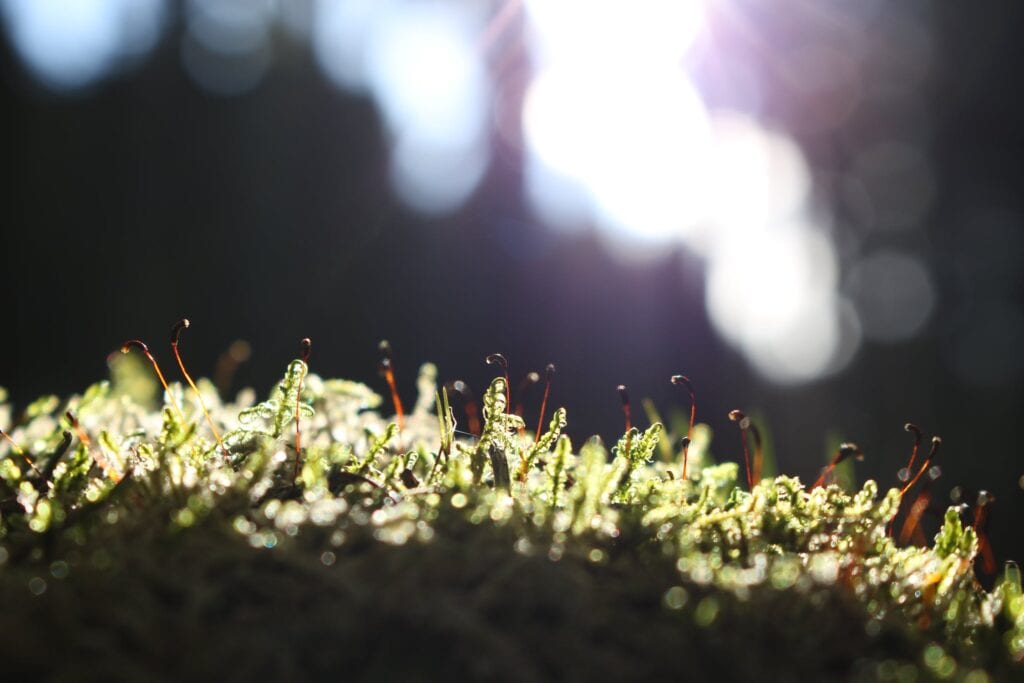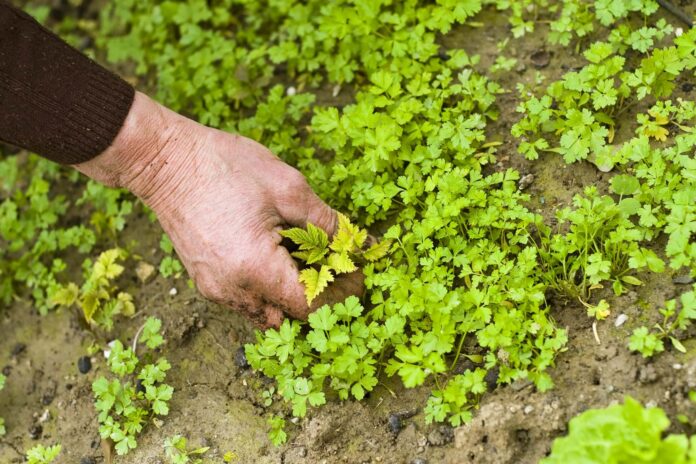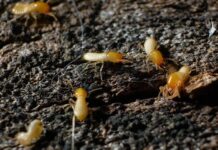One thing that you would always find common in both gardens and lawns are weed and even though some can be attractive and useful, there are others that can cause a nuisance in your garden. Knowing more about this weeds and steps that can be taken to control them is one step that would make gardening easy for gardeners and it is also your decision or not whether you think they should remain or they should be removed. This article talks about dealing with weeds in your garden and also some weed control methods so continue reading this interesting article.
Interesting Read – Dealing With Phlox Bugs
What Are Weeds?

You should be able to identify weeds and also know about how and where they grow. The truth is weeds are just plant that starts growing where they are not wanted and to add to that, they also possess undesirable features which is why they are always a problem for every gardener. Weeds are highly competitive in nature in the sense that they are always competing with the plants in your garden and lawn for light, water, space and nutrient and some weeds tend to grow quickly which is why they easily take over a particular area in a short period of time.
There are weeds that are capable of surviving in favorable conditions and you can also find native types of weeds growing in places where the ground has already been disturbed. In some cases, they also play a huge role in the present condition of your soil. This therefore gives birth to several questions like “where do weeds grow” and it can only be answered if you perfectly understand the type of weed you are dealing with.
Types Of Weeds
Generally, what we have presently today are three different types of weed which are common based on their growing characteristics and they include;

- Biennial Weed Types – These are the type of weed that takes two years to have a complete life cycle. What this means is they germinate and form rosette in their first year while in their second year they start producing seeds and flowers. Garlic mustard and bull thistle are perfect examples of biennial weed plants
- Annual Weed Types – This type has a one year average lifespan and what this means is it takes up to a year to germinate and it also tends to spread through seeds. Chickweed which is a winter annual weed plant tends to germinate either in early fall or late summer before going dormant all through the summer then starts growing again during the spring season. We have summer annuals like lambsquarters which grows all through the summer, germinates spring and disappear when the cold weather starts.
- Perennial Types – These ones are known for their production of long tap roots and also their every year return. These are the types that gardeners find very difficult to control and examples includes purple loosestrife, dandelions and plantain.
Trendy Post – How To Identify Bugs In The Garden

Common weeds are also known to belong to one family or the other and they are either group as narrow leaf or broad leaf. Broad leaf weeds are known to grow from fibrous and tap root systems as well as having larger leaves while the narrow leaf possess narrow leaves and narrow fibrous root systems.
Furthermore, there are several ways that anyone can get to control the growth of weeds in their garden and these methods can either be through the use of natural means, through the use of chemicals, through the use of mechanical means and also through cultural means. At the end of the day, the weed that remains and the one that leaves your garden is totally up to you but having a good information on these weeds would help you make a perfect decision.
One last thing that you should note is the chemical method for controlling weed should be used as the last option when all other methods have failed to work and organic approaches are best preferred since they are environmentally friendly.
Related Post – Using Coffee As Mosquito Repellent







